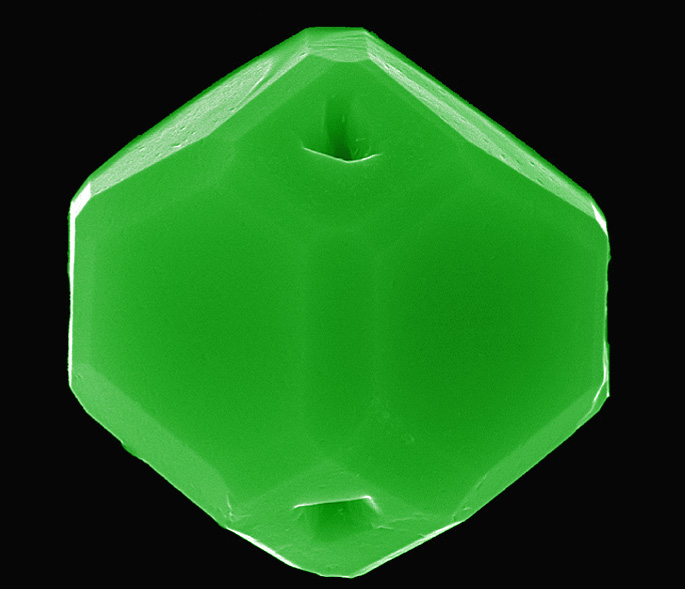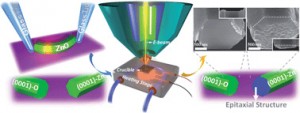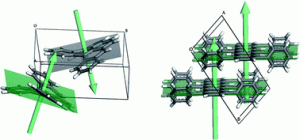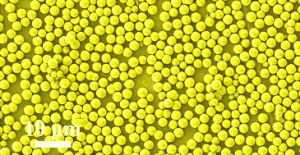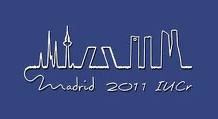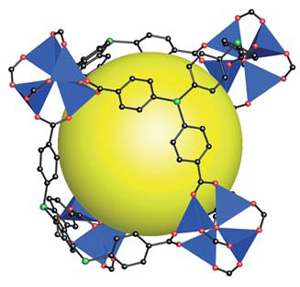 Scientists from Imperial College London, UK have made a novel hexacarboxylate organo-silicon molecule and used it in the construction of IMP-15–a Metal Organic Framework (MOF) material with pcu topology which is isoreticular to MOF-5 but with half the metal loading. Read more about IMP-15 in their recent Hot Communication in CrystEngComm:
Scientists from Imperial College London, UK have made a novel hexacarboxylate organo-silicon molecule and used it in the construction of IMP-15–a Metal Organic Framework (MOF) material with pcu topology which is isoreticular to MOF-5 but with half the metal loading. Read more about IMP-15 in their recent Hot Communication in CrystEngComm:
An organosilicon hexacarboxylic acid and its use in the construction of a novel metal organic framework isoreticular to MOF-5
Robert P. Davies, Paul D. Lickiss, Karen Robertson and Andrew J. P. White
CrystEngComm, 2012, DOI: 10.1039/C1CE06091K












